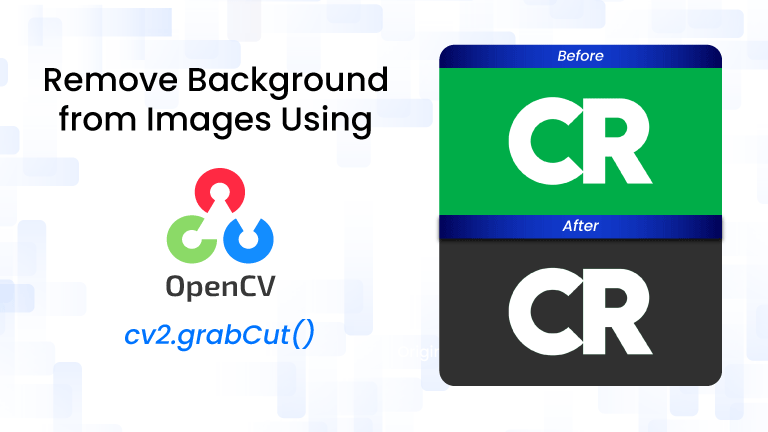
Ever wondered how those slick background removal tools actually work? You upload a photo, click a button, and boom, the subject pops while the clutter disappears. But behind that magic is a powerful set of computer vision techniques that you can learn to build yourself.
In this guide, we’ll walk you through how to remove backgrounds from images using OpenCV, step by step. Whether you’re creating an AI-powered photo editor, prepping clean datasets for object detection, or just trying to isolate a product shot for your portfolio, this technique is a must-have in your CV toolkit.
No fluff, just practical code you can use right away.
Project Structure
Create a folder with the following layout:
background-removal/
├── images/ # Input images (jpg, jpeg, png)
├── output/ # Processed images with background removed
└── background_removal.ipynb # Your notebook scriptPlace all the images you want to process inside the folder. The script will automatically process every valid image and save the results in the folder.
Project
# Import required libraries
import cv2
import numpy as np
import os
from pathlib import Path
import logging
from tqdm import tqdm
# Setup logging
logging.basicConfig(level=logging.INFO, format='%(levelname)s: %(message)s')
# Define input and output directories
input_dir = Path("images")
output_dir = Path("output")
# Validate folder structure
if not input_dir.exists():
logging.error("Input folder 'images/' not found.")
raise FileNotFoundError("Missing input folder.")
output_dir.mkdir(exist_ok=True)
# Allowed image extensions
valid_extensions = {".jpg", ".jpeg", ".png"}
# Function to process a single image
def process_image(image_path, output_dir):
try:
img = cv2.imread(str(image_path))
if img is None:
logging.warning(f"Skipping {image_path.name} (unable to read)")
return
height, width = img.shape[:2]
margin = 0.05 # 5% margin
x = int(width * margin)
y = int(height * margin)
rect = (x, y, width - 2*x, height - 2*y)
# Create mask and models
mask = np.zeros(img.shape[:2], np.uint8)
bgdModel = np.zeros((1, 65), np.float64)
fgdModel = np.zeros((1, 65), np.float64)
# Apply GrabCut
cv2.grabCut(img, mask, rect, bgdModel, fgdModel, 5, cv2.GC_INIT_WITH_RECT)
# Create binary mask
mask2 = np.where((mask == 2) | (mask == 0), 0, 1).astype("uint8")
# Convert to RGBA and apply mask to alpha channel
output_rgba = cv2.cvtColor(img, cv2.COLOR_BGR2BGRA)
output_rgba[:, :, 3] = mask2 * 255 # 0 for background, 255 for foreground
# Save as PNG to preserve transparency
output_path = output_dir / image_path.with_suffix('.png').name
cv2.imwrite(str(output_path), output_rgba)
logging.info(f" Saved: {output_path.name}")
except Exception as e:
logging.error(f" Error processing {image_path.name}: {e}")
# Batch process all valid images
image_files = [f for f in input_dir.iterdir() if f.suffix.lower() in valid_extensions]
if not image_files:
logging.warning("No valid image files found in 'images/' folder.")
else:
for image_path in tqdm(image_files, desc=" Processing images"):
process_image(image_path, output_dir)
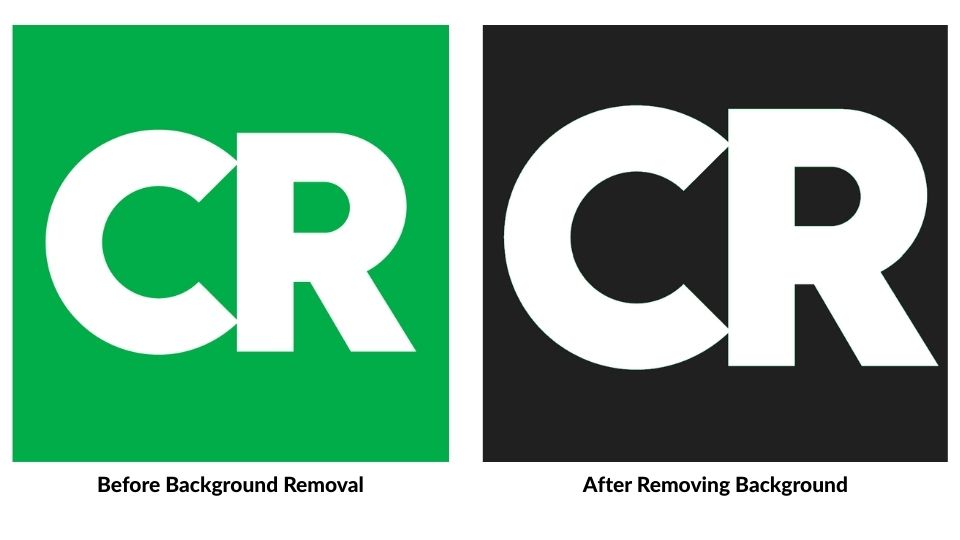
Running the Project
1. Open the notebook in Jupyter.
2. Place your images in the folder.
3. Run all cells in the notebook.
4. Check the folder for background-removed images.
Challenges Faced
While this project delivers solid results for simple images with clear foregrounds, it’s important to acknowledge its limitations:
- Struggles with Complex Backgrounds: The GrabCut algorithm relies on a rectangular region to estimate foreground and background. In images with cluttered or textured backgrounds, or where the subject blends into the surroundings, the segmentation can be inaccurate or incomplete.
- No Semantic Understanding: GrabCut doesn’t “know” what a person, product, or object is, it simply separates regions based on color and contrast. This means it can misclassify parts of the foreground or leave artifacts behind.
- Not Ideal for All Use Cases: For high-stakes applications like e-commerce product listings or professional headshots, this method may fall short. It’s a great starting point, but not a one-size-fits-all solution.
Why It Still Matters
Despite these challenges, this project is a stepping stone toward more advanced background removal techniques. It lays the groundwork for:
- Understanding image segmentation workflows
- Building batch automation pipelines
- Preparing for deep learning-based solutions like U-2-Net, MODNet, or MediaPipe Selfie Segmentation
By starting with classical methods, you gain a deeper appreciation for what modern models solve, and how to integrate them responsibly.
Optional Enhancements
Once you’ve built the core background removal tool, there’s a whole world of possibilities to explore. Here are some exciting ways to level up your project:
- Add a GUI with Streamlit or Gradio
- Replace the background with a custom image or blur effect
- Integrate with a webcam for real-time background removal
- Use deep learning (e.g., U-2-Net) for more complex segmentation
This project is a great example of how OpenCV can be used to automate tedious visual tasks with precision. Whether you’re a marketer, developer, or educator, background removal is a powerful tool to have in your computer vision toolkit.
If you found this helpful, feel free to share it or fork the project to add your own twist. Let’s keep building tools that save time and spark creativity.


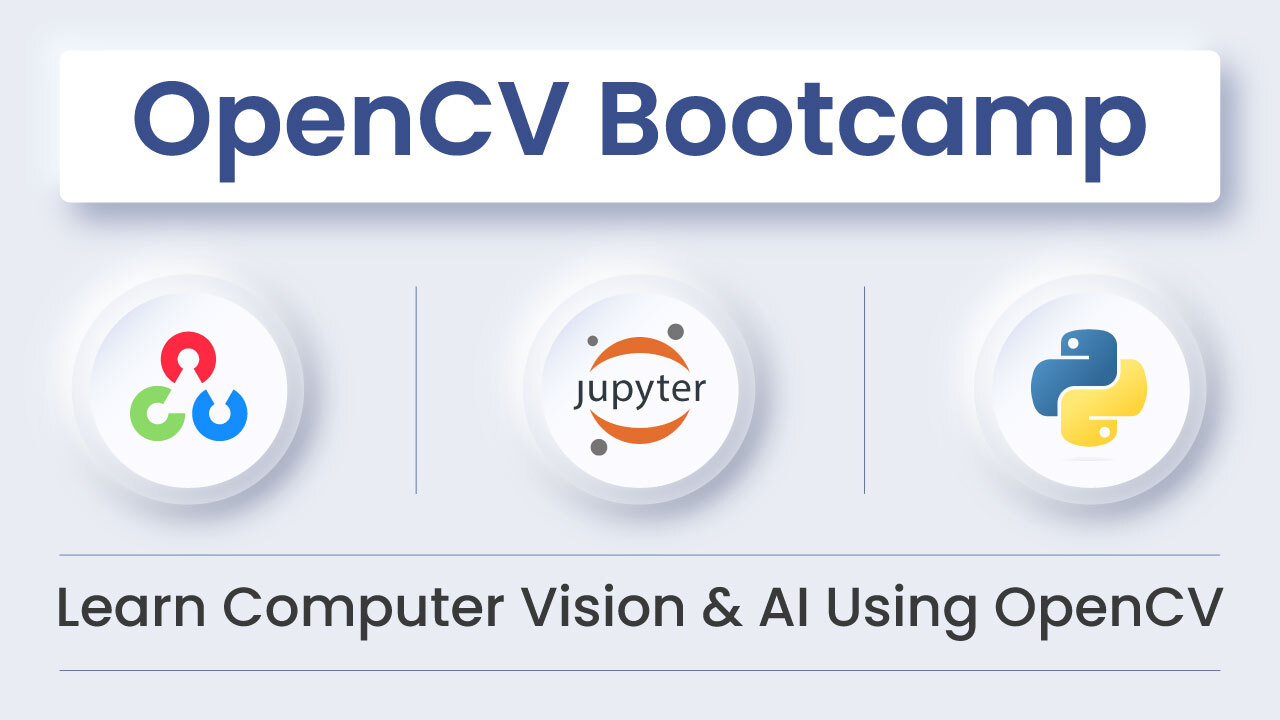

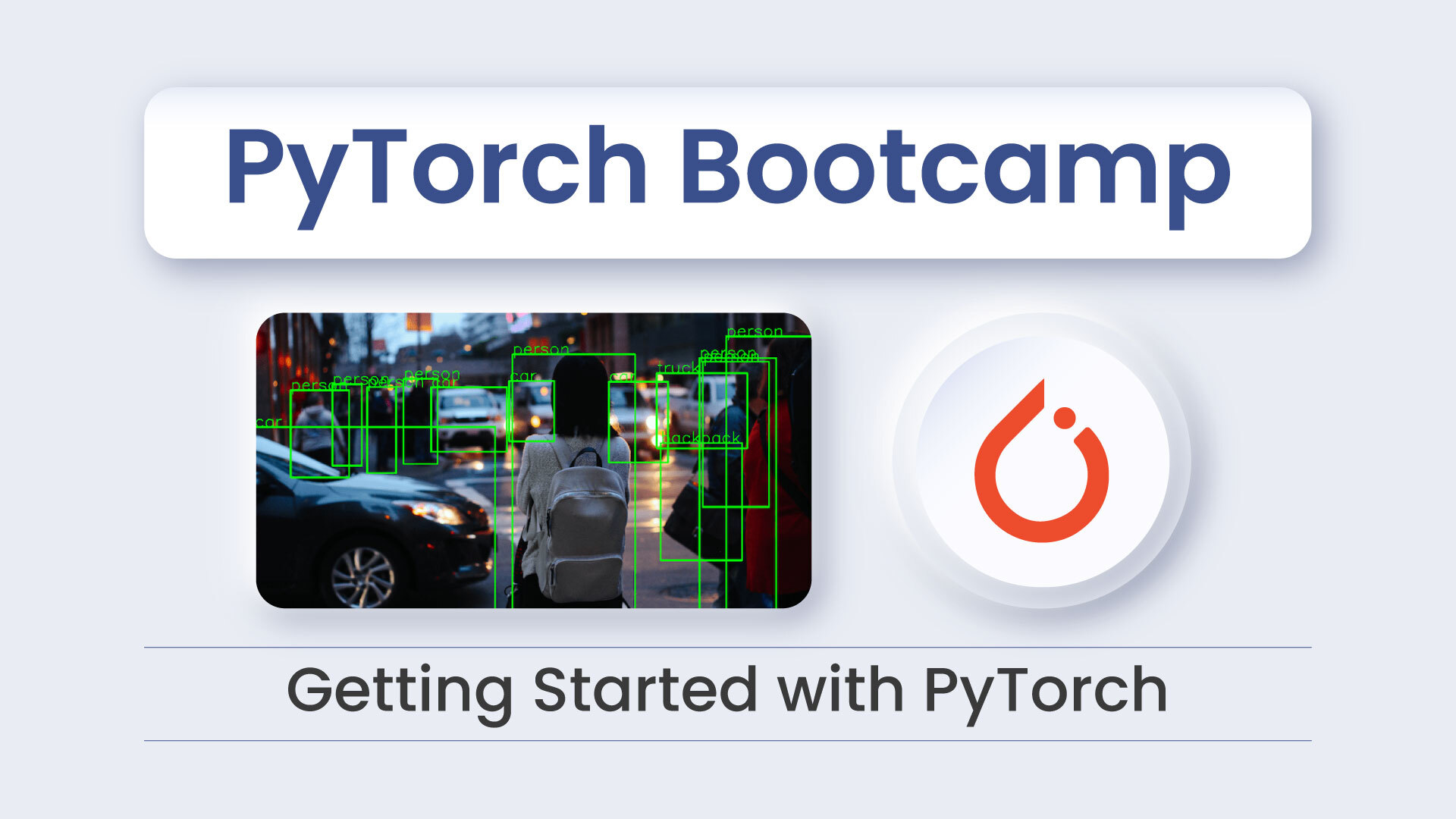


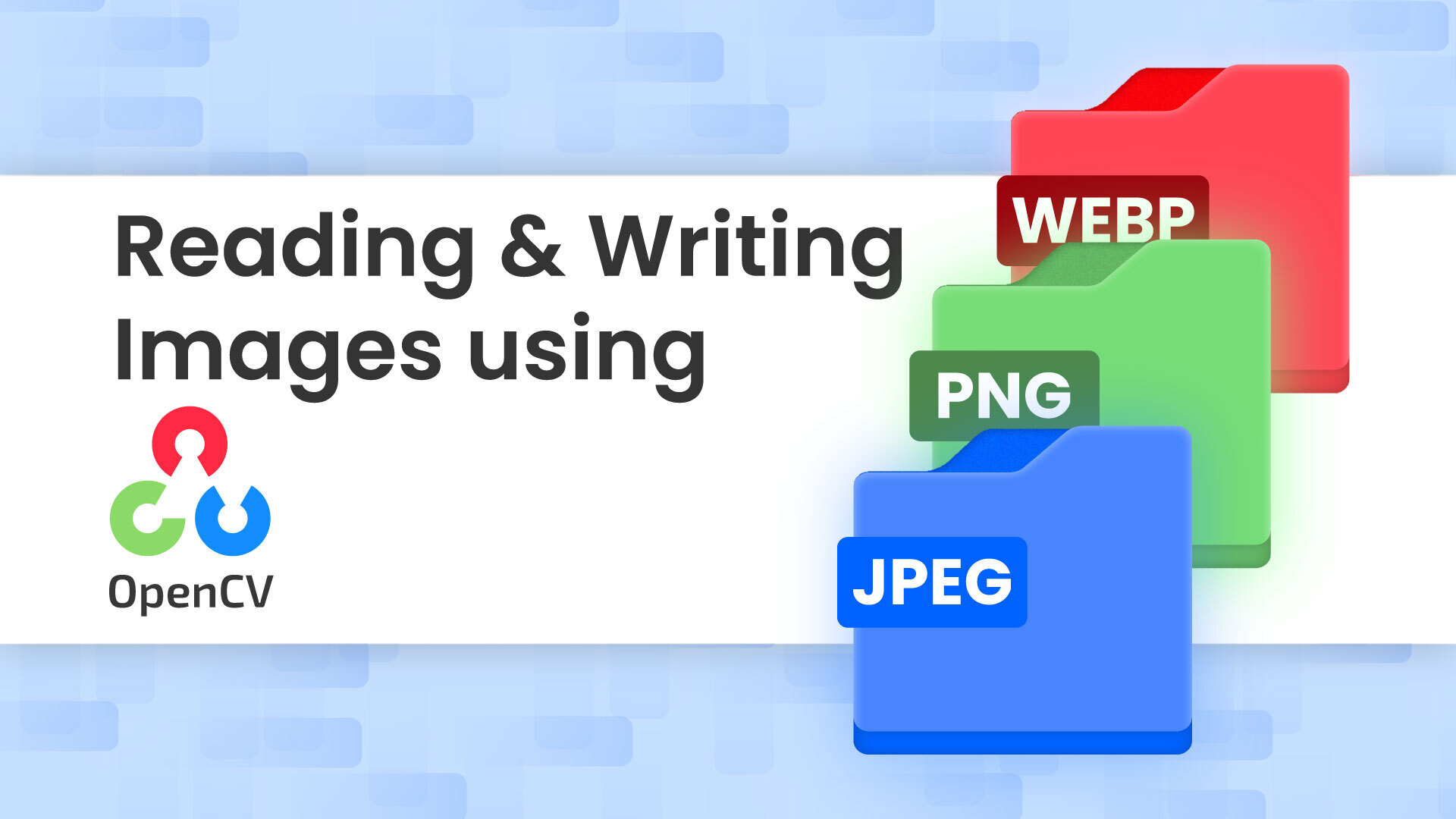
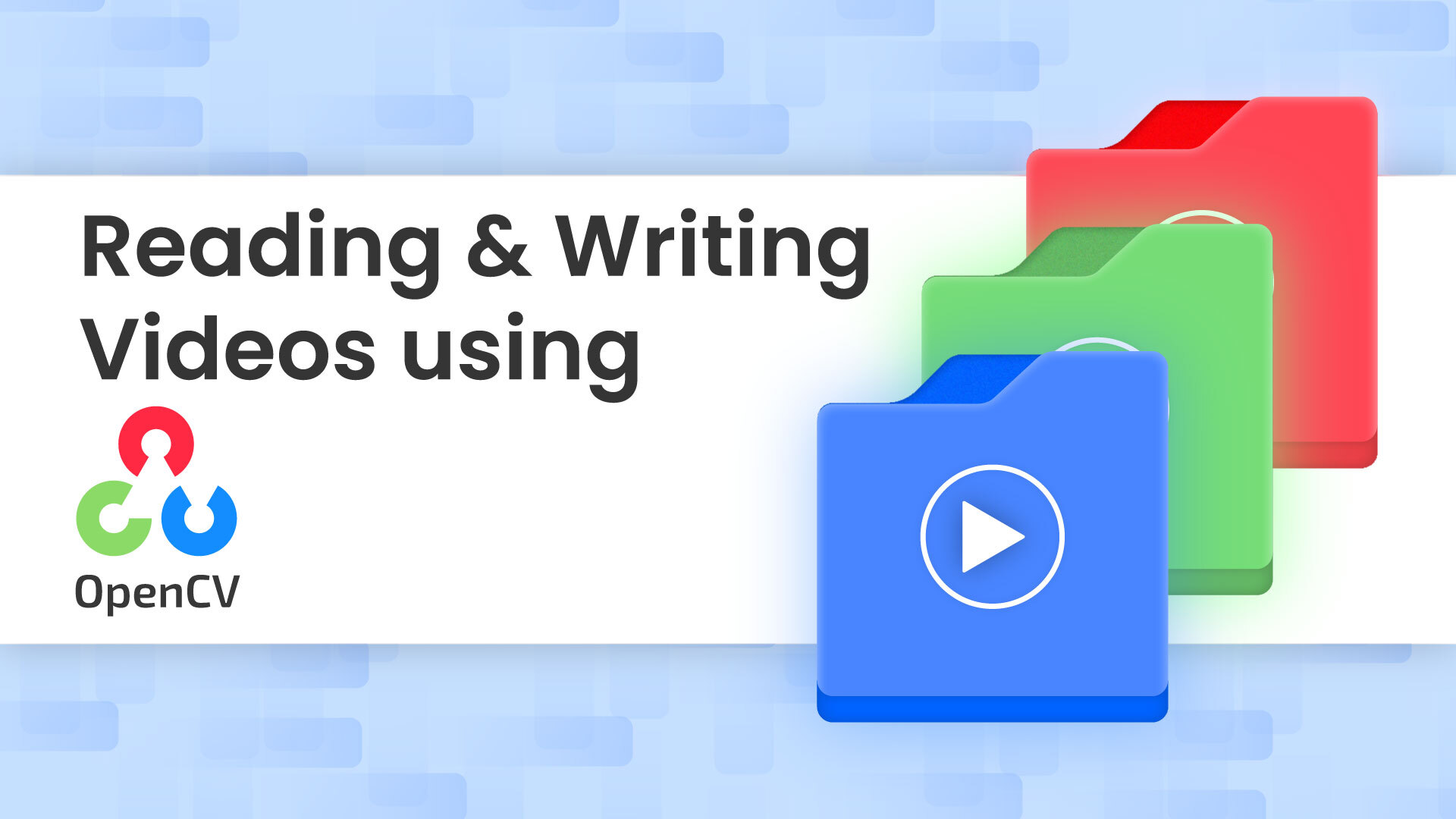


5K+ Learners
Join Free VLM Bootcamp3 Hours of Learning